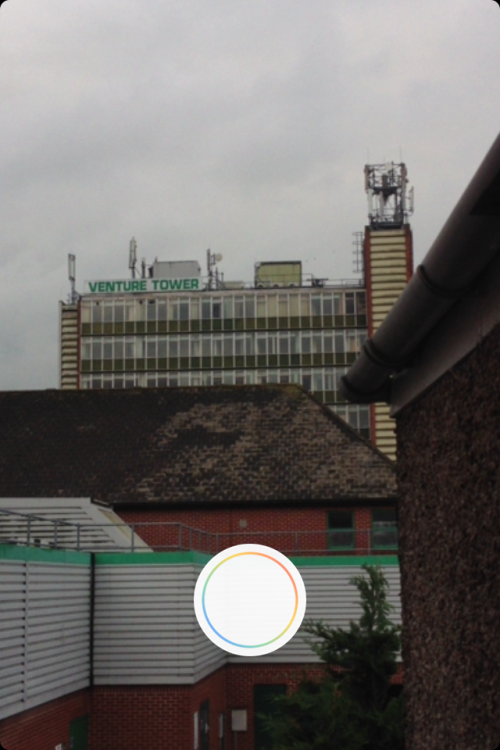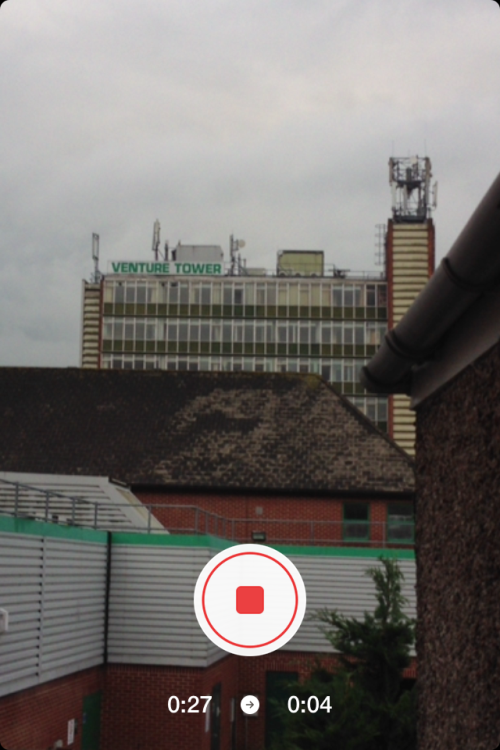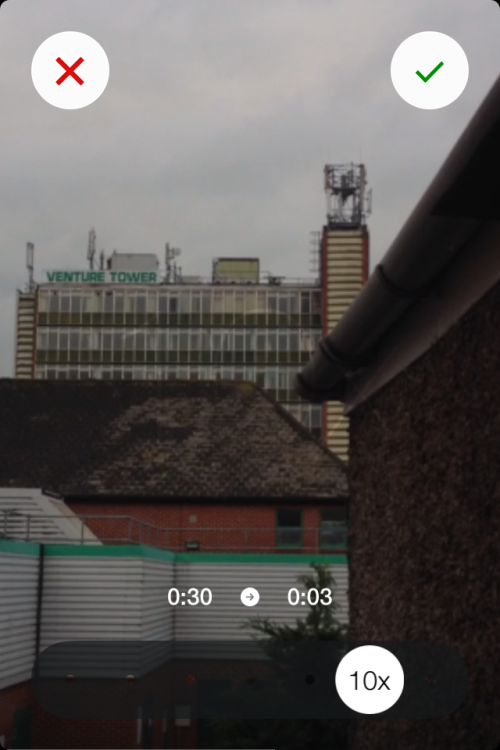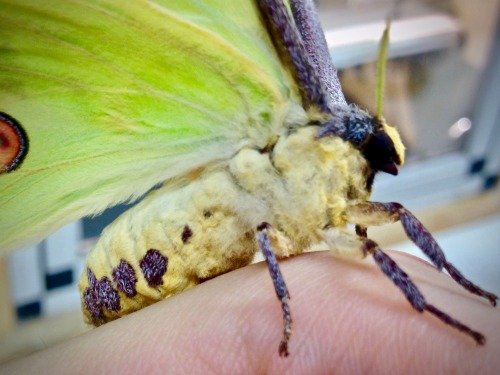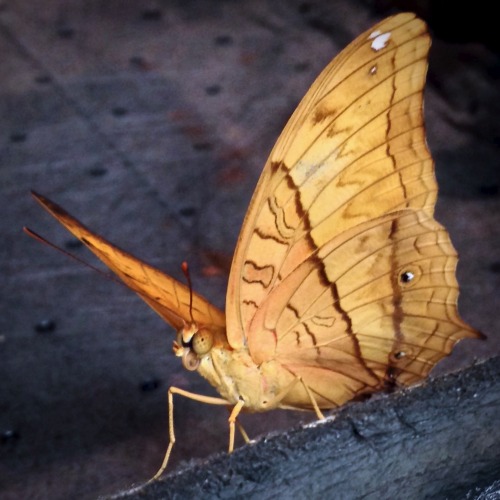#iphone 5c

iPhone 4 cringe
Download now $65 worth awesome paid iOS apps that are free for limited time
If you follow along with our daily features on paid iPhone and iPad apps that are available as free downloads for a limited time, you’ve gotten your hands on an unbelievable $167 worth of paid iOS apps so far this week without paying a cent. But this week isn’t over yet, and today we have another nine apps worth a combined $65 that you can download for free. More than $230 worth of paid iOS apps for free in just four days? That’s right, ladies and gentlemen.
Post link
Instagram has never worked on an app outside of its own, until today. They’ve outed something called ‘Hyperlapse’, an iOS-only app which creates seconds-long time lapses out of minutes-long videos. It’s a very simple app for an extremely simple idea, and while it’s nothing to get too excited about, it’s still a rather nice app to tuck away on the fifth page of the Photography folder on your homescreen next to the ten-page Messaging folder and the 20-page To-Do List folder.
This is not a replacement for your $15,000 camera kit…
Firstly, here’s what Hyperlapse is not: a replacement for $15,000 video kits. I’ve seen a lot of websites and blogs, such as Mashable and Wired, saying that Hyperlapse is “like having expensive video camera gear in your pocket.” That’s entirely untrue. Those headlines can go in the same bin as the “after this, you’ll never need another note-taking app again” ones.
…but it’s good at being what it actually is
Here’s what Hyperlapse is: a quick and easy way for you to record faux-time lapses for speedy mobile sharing to Facebook and Instagram. And Twitter, of course, but there’s no blue bird icon sitting amidst the Share buttons after you’ve recorded with Hyperlapse. Facebook, who owns Instagram, probably just wants to freeze the competition out.
Thank you for the mus— oh, nevermind
When you open Hyperlapse, you’re welcomed by a few examples of time lapses presumably created within the app, such as some people dancing, some top-down views of a beautiful cloudy sky from an airplane window, and so on. It’s all very charming and pretty. It seems odd, though, that these example time lapses are set to music ('Bingo Bongo’ by Jabba Electric, if anyone is wondering) because Hyperlapse doesn’t have the option of adding music or sounds to your time lapses.
You have to appreciate the difficulties that would result in allowing music to be added to videos — all manner of licensing would have to explored. But it’s sad that the time lapses you’re welcomed with on the opening screen seem so much more alive because of the complementary music, whereas any we record as actual Hyperlapse users will seem a tad less exciting due to their silence; Instagram can’t add music either. In fact, I don’t think I’ve ever read anything about how Instagram handles licensed music amidst their users. Weird…
Lighting, camera, action!
Anyhow, once you’re past the welcome screen, you’re presented with a full-screen camera window with a solitary Record button (a white circle) in the lower third of the screen. I found that if conditions are quite dark, the thin ring around the Record button will be black, but as soon as conditions are bright enough for effective and beautiful time lapses, the ring changes to a rainbow palette which reflects the colours in the app’s icon.
You’re still able to record in dark conditions should you wish, but I think Hyperlapse discourages it. One of the main selling points of the app is its stabilisation abilities which prevent time lapses from being too juddery or jumpy, and I don’t think that tech would work as efficiently in gloomy tungsten lighting.
When you start recording (tap once, let go, unlike Instagram Video, where you tap and hold to record in segments) you’ll see two timers on the screen. One shows how long you’ve been recording in real time seconds, and the other tells you how long your time lapse will be. It’s roughly 5/6 seconds of real time to 1 second of time lapse.
When you’re satisfied with your recording, tap the Stop button, and wait for things to process. Then you’ll be presented with the option to slow the time lapse down or speed it up. The default speed-up is 6x. Other options are 2x, 4x, 8x, 10x, and 12x. You won’t want to delve into the 12x waters unless you’ve got about three minutes of real time footage.
Done and dusted
When you’re happy with how fast your time lapse is speeding along, just tap the green Tick button in the top right. The time lapse will be saved to your Camera Roll as a typical video, prepped for sharing. You’ll also be presented with the option to share it straight to Instagram or Facebook, as aforesaid.
Here’s an interesting nicety, though: if you want to decide on a speed for your time lapse later, tap the red X in the top left corner and you can save it for later. To access it, tap the blue circle next to the Record button when you next open Hyperlapse, and it’ll open back up for speed editing.
Oops…
What if you tape 'Edit later’ on two time lapses? When you tap the blue circle, it just brings up the most recent video you saved for later, instead of letting you choose which one you want to go back to. So if you record, say, 10 time lapses, save them all for later, and you want to get back to the first one you recorded, you’ll have to edit the other nine first.
I assume this is a bit of a messy mistake that’ll be fixed soon. I’ve tried swiping at the sides of the screen, two-finger swiping, the lot, and nothing suggests you can switch between saved time lapses.
Seeing the stabilisation
Here’s an small but interesting feature. Instagram is boasting about Hyperlapse’s stabilisation engine, but you can see it in action for yourself if you tap and hold on the video playback screen at the speed editing section. You’ll be presented with the unstabilised, unprocessed version of your time lapse. It’s pretty nifty.
Two more fatal flaws
The first fatal flaw is that the corners of the app are rounded, which makes me feel a bit sick to my stomach.
The second fatal flaw is a bit bigger. A few weeks ago, Microsoft announced a piece of software which would allow GoPro users to smooth out and stabilise their videos to make nicer, cleaner, more professional time lapses.
What was it called? Hyperlapse.
I’m still hoping Microsoft will pursue their Hyperlapse tech, though, because it looks absolutely amazing, and I’m already a huge fan of the similar work they’ve done with their Photosynth site and app, which you should definitely check out here.
I’m seeing a lot of people say that they can’t find the Hyperlapse app in the App Store. That could be because it’s so new, it hasn’t been indexed yet. Instead of using the iTunes workaround, you can search up the Instagram app page, tap 'Instagram, Inc.’ just below the app title, and you’ll see Hyperlapse in the list of apps submitted to the App Store by Instagram, Inc..
I’m also seeing a lot of people complain about Hyperlapse not being available for Android. That problem can be solved here.
Post link
Yogify | A Yoga App For Everyone
Make sure to follow us on There’s An App For That for more app recommendations and reviews!
List Making, Time Management & Reminders
- Wunderlist*
- myHomework
- The Homework App
- Lift - helps you build good habits every day
- Evernote
- Visual Timer ($1.99)
Studying / Flashcards
Reference
- Google Translate
- Dictionary.com - dictionary & thesaurus
- Word of the Day
- Luna ($2.99) - advanced calculator
- Wikipedia
Educational Distraction / Brain Training
Health / Concentration
- Headspace* - meditation
- Human - makes you move at least 30 min. every day
- Coffitivity - coffee shop sounds
- Rain Sounds
- Just Rain
- 8tracks - playlists
- Spotify
- iDrated ($0.99) - tracks how much water you drink
- waterin - tracks how much water you drink
- Sleep Cycle - tracks your sleeping habits & wakes you up
Other
- Pocket* - saves articles and web pages to read later
- Overcast - podcasts
- iBooks
- WeTransfer - sends big files
* = favourite
Post link
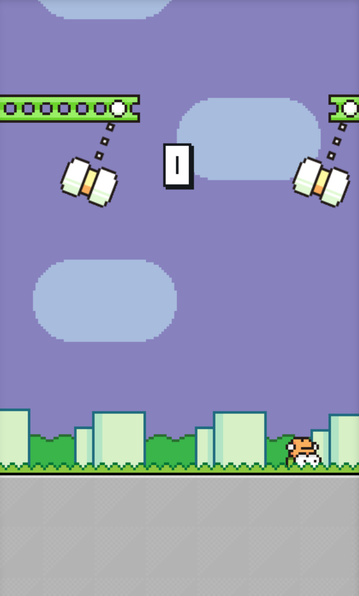
“Flying with a propeller hat is not as easy as it looks.”
Some smartphone and tablet game developers will spend hours writing the perfect summary of their work for the ‘Description’ section of the product’s page on the App Store, listing why the game is fun, perhaps mentioning some of the characters, a little bit about the story, and so on. But on the app page for Swing Copters? We get that one-liner.
It’s hard to recommend this game — the official follow-up to Flappy Bird — so I’m going against our blog’s positive focus a bit here. Alas, it’s just as difficult to avoid giving Swing Copters at least a fleeting mention.
Maybe you’ll love it, or maybe you’ll hate it, but the chances are you’ll fall at the centre of the like/dislike Venn diagram, because Swing Copters is the latest addition to an emerging subgenre of games known as 'masocore’.
The Masocore Genre
Masocore games have been around for a while, but they’re only just starting to reach the level of popularity which earns them the right to an umbrella term. A portmanteau of 'masochism’ (deriving pleasure from pain or suffering) and 'hardcore’, masocore titles directly thrive on the divisive relationships they build with players, pushing their patience to the extreme by purposely upping the difficulty to a near-impossible level.
Flappy Bird was a member of this genre, with players nearly throwing their iPhones across the room in anger as they tried to guide the annoying little clump of yellow pixels through green Mario-esque pipes. We hated it because it was hard, but we loved it because it was hard. That’s the case for all masocore games.
Why do we love incredibly difficult games? It’s fairly arguable that bigger titles on the likes of Xbox and PlayStation are typically quite easy, perhaps because they’re often very repetitive. How challenging can first-person shooter games be when we’ve played 100 of them? Plus, big-brand developers have to try to strike a fine balance between easy and hard to keep players of varying abilities interested.
With masocore games, there are no limits other than actual impossibility. Because we’re still in the novelty phase of games-that-are-so-damn-hard-you’ll-want-to-punch-babies-and-puppies, masocore games typically go viral. Flappy Bird got so big that its Viatnamese creator, Dong Nguyen, pulled the game from the App Store because he was making so much money from it (through simple banner ads) that he was scared people would start targeting him.
And when they go viral, everyone will be a part of the brief spell of popularity the games churn up, so there’s a big unspoken competition going on. On the first day of Flappy Bird’s explosion, the person on Twitter who tweeted a screenshot of their high score being 8 was heralded a hero!
This has mostly always been the case. I still remember when the game N tore through my school, and nobody in Computer class would get anything done because every single last student was trying to be the best, trying to get the best level completion times, or quite simply trying to get further than the first few sets of levels (because, being masocore, N was not merciful to its players in terms of difficulty).
There’s also been QWOP and, a personal favourite of mine, Super Meat Boy, which is just extremely fun to play and has rather lovely graphics, too. The Impossible Quiz and Impossible Quiz 2 were huge and still are (Pewdiepie gave them a bit of a boost, I think), and games like Cat Mario, which fall under the subsubcategory of games that are just unfair and can only really be completed by trial and error, prove very popular.
And perhaps the biggest draw of masocore games? They’re easy on the brain. Ironically, the games which require the most amount of patience are also the games which require no effort to play at all. Flappy Bird was a one-tap game. You tapped a screen to make the bird jump. That was it. And Swing Copters is just as simple…
Swing Copters, also known as the return of sucker of souls
After the cute little one-liner about helicopter hats, Nguyen provides two bullet points on how to play. “Tap to change direction” is the first, which pretty much covers everything. You’re a little unnamed character (also a bunch of pixels, like Flappy Bird), and this time around you’re flying vertically. Flappy Bird’s vertical pipes are now horizontal, um, girders, I think, and the only addition are swinging hammers on each side of the gap you’re supposed to fly through.
And those hammers are awful. As if controlling the little blighter wasn’t hard enough, having a couple of swinging hammers to dodge is diabolical.
The little character starts off by flying to the right. Tap the screen, he’ll change direction to the left. Tap again, he’ll go right. And so on. That’s the only control. And you have to navigate yourself through girders and swinging hammers by way of that control system. It sounds laughably simple on paper, but hold judgement until you’ve spent an hour trying to get used to judging the speed and acceleration of direction changes and then tell me it’s easy.
I can but offer one small grain of advice at this point (because I’ve got a grand old high score of absolutely nothing — I can’t even make it past the first girder) and that is, the character starts flying on the second rotation of his helicopter blades. That’s roughly a second. It’s a small but handy gauge to help know when he’s about to fly off.
The second bullet point in the app’s 'How to play’ section says that you can unlock extra characters if you get past four girders, which at this point sounds like an evil little tease, because I highly doubt anyone will ever make it past three of the irritating green bars and their ruthless hammer accomplices.
So long as you’re okay with spending hours of your life watching a small and prospectively-cute little helicopter monster thingy fall to the ground thousands upon thousands of time, go and give Swing Copters a whirl. It’s free on the App Store, and Apple has currently stuck it on the front page for a week in the Featured section, so just scroll down.
And, as the final line of the tiny Description which Nguyen has written on the App Store’s listing says with something of a sarcastic smirk:
“Enjoy the game.”
Variable Cracker (Hamadryas feronia)
Slurping some banana juice.
Atlas Moth (Attacus atlas) ♂
My heart melts every time I see one of my huge moths clean their antennae like a cat washing their face.
Shoemaker (Prepona omphale)
Malay Cruiser (Vindula dejone)
Angola White Lady (Graphium angolanus)
Post link
Common Parides (Parides iphidamas)
It’s really difficult to film at just the right moment but finally I got an emergence!
African Moon Moth (Argema mimosae) ♂
Finally got video of one with his tails still intact!
Common Morpho (Morpho peleides)
Honey water on your fingers and you become a butterfly magnet. Have some proboscis action.



